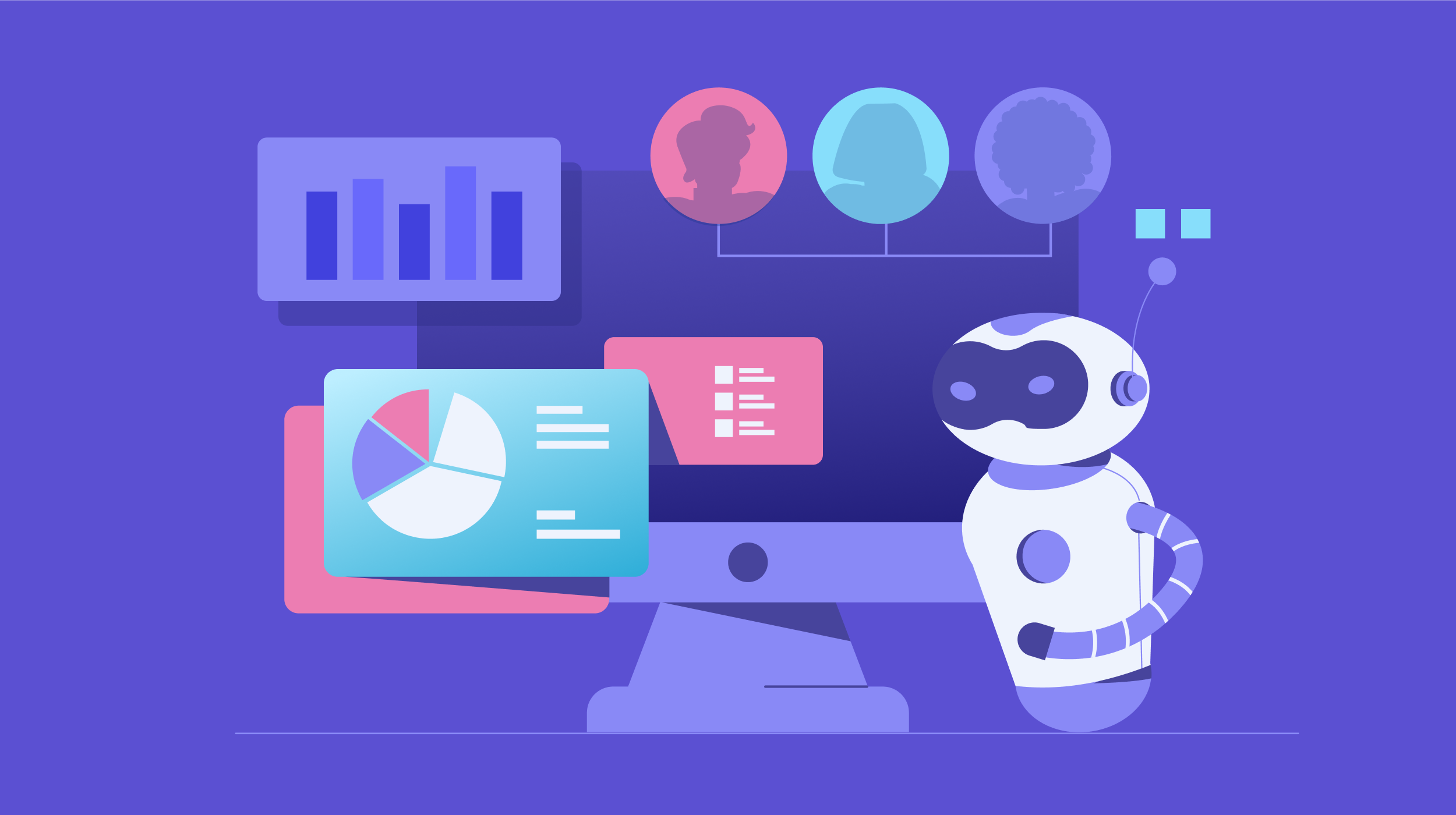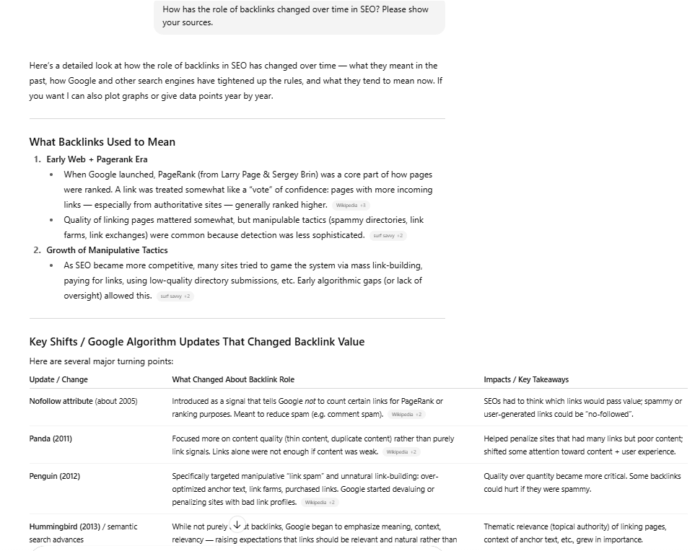AI Training AI? A Closer Look at the Rise of AI-Based Data Labeling Services
Machine learning models require vast amounts of aptly labeled training data to perform desired functions. This could be thousands of customer reviews labeled as “positive”, “neutral”, and “negative”. Or, it could be millions of images of products tagged with...

Machine learning models require vast amounts of aptly labeled training data to perform desired functions. This could be thousands of customer reviews labeled as “positive”, “neutral”, and “negative”. Or, it could be millions of images of products tagged with “defective” or “approved”. Thanks to AI-based data labeling services, the task is a cakewalk.
Traditional data labeling methods fall short today. In fact, these create issues in AI development. Further, these methods are costly, slow, and virtually impossible to scale for modern AI applications. What’s even more concerning is the inconsistency in labels due to a large team of annotators.
Consider the case of a single autonomous vehicle project. It requires petabytes of accurately labeled sensor data to navigate the roads safely. The data must be labeled appropriately, such as pedestrians, traffic signs, and lane marking. Manually labeling such overwhelming amounts of data is practically impossible!
But what if AI could train itself? Yes, a major change is happening where AI can prepare and label data, creating a meta-field of “AI training AI.” That said, let’s first understand the role of data labeling in AI development.
Why Is Data Labeling Important in AI Development?
Machine learning algorithms are fed with accurately labeled data. They learn from this input data and perform tasks. For example, object detection, entity recognition, facial recognition, and more. And as machines learn from examples, this technique is called supervised learning. The same data labeling technique is widely used to train AI applications.
So, how does a model understand “this product is amazing” as positive? It is fed with thousands of similar sentences labeled by humans. Without labeled training data, even the most advanced algorithms are powerless.
The concept extends to semi-supervised learning. Here, AI systems use a small amount of labeled data to tag huge volumes of unlabeled datasets automatically. Another technique is model-assisted labeling. In this, pre-trained models suggest initial labels to speed up the data annotation process. This, in turn, accelerates AI model development.
Besides, it is practically impossible to meet the massive demand for accurately labeled datasets that AI needs today. That’s why the AI data labeling market is currently valued at USD 1.89 billion. This market has a brighter future. It is projected to reach USD 5.46 billion by 2030, growing at a CAGR of 23.60%. These numbers reflect the explosive demand for labeled datasets.
For instance, a single autonomous robotic arm project requires petabytes of labeled sensor data. On the other hand, NLP models need millions of annotated text samples to understand human language. And this brings us to our next topic: how does AI-based data labeling work?
How Does AI-Powered Data Labeling Work?
In AI-powered data labeling, an existing, pre-trained model generates labels for new, raw data. Human annotators work with AI-suggested labels. They do not need to start from scratch. This dramatically speeds up the entire labeling process. Take a closer look at the three stages of this process:
Step 1: AI-Assisted Labeling
The AI system analyzes raw data and suggests labels. For image data, this means drawing bounding boxes around objects or identifying facial expressions. It can also imply detecting text within pictures. But for text data, AI may classify sentiment, extract named entities and categorize topics.
Step 2: Human Review and Correction
In this stage, human labelers verify, refine, and correct AI’s suggestions. This is way faster than starting the labeling process from scratch. Annotators can quickly approve accurate suggestions and focus on edge cases. In short, AI struggles with complex scenarios, and human expertise is a perfect fit.
Step 3: Active Learning
An AI model is fed with correct data labels provided by humans. This creates a smart feedback loop. This way, the system learns from its mistakes and becomes more accurate with each batch. What’s the best part of this active learning approach? AI continuously improves its suggestions. Plus, less human intervention is required over time.
Now, if you think that an AI-based data labeling approach is replacing humans, that’s not true! Although traditional data labeling methods have long served companies, these suffer from inconsistent quality. That’s because different annotators interpret guidelines differently. Moreover, manually labeling data for large-scale projects is costly. Not to forget the timeline bottlenecks that often delay AI development cycles by months.
Rather, AI adds speed and efficiency while humans ensure the quality of the labels. That’s why businesses are partnering with a data labeling company equipped with AI-based workflows. There are several other factors that drive businesses to transition from traditional methods to the latest data labeling options. Let’s uncover these in the next section.
Why Are Organizations Moving to AI-Based Data Labeling?
It is no secret that the first mover wins a competitive edge in the market. Thus, businesses need speed, scale, and efficiency. AI-based data labeling solutions aptly provide all these. Other than this, the value proposition is compelling across multiple dimensions. Let’s explore these one by one:
1. Unmatched Speed and Scalability
Unlike traditional approaches, organizations can label 10x to 100x more data using AI labeling tools. The best part is that this is done in the same timeframe without fatigue. This scale and speed are important for companies racing to launch AI products to market quickly. Additionally, businesses wanting to adapt models to new domains rapidly also benefit from this approach.
2. Improved Accuracy and Consistency
AI systems don’t suffer from human fatigue. Even better, neither do they get bored, nor are there any subjective interpretations. They follow predefined labeling rules strictly. And the same is applied consistently across massive datasets. This reduces the annotation variance that plagues large human teams working on extended projects.
3. Significant Cost Reduction
Though there’s an upfront investment in AI-powered data labeling solutions, long-term savings on manual labor costs are big. Businesses can also outsource data labeling services to experts. Further, they can save costs associated with recruiting annotators and implementing technology. Isn’t this the best way to benefit from AI-assisted labeling without letting operational costs spiral up?
4. Handling Complex Data Types
Though human annotators can aptly handle raw edge cases, they usually struggle with complex techniques. For example, LiDAR point cloud annotation for autonomous vehicles and video sequence tracking across multiple frames. But AI-powered solutions excel in handling sophisticated data types. Examples include complex medical image segmentation and multilingual text classification at scale.
There’s no doubt that the benefits of AI-based data labeling cannot be ignored. However, there are some challenges and considerations, as discussed in the next section. Stakeholders must know these issues to make the most of AI-powered data labeling solutions.
What Are the Challenges and Considerations of AI-Based Data Labeling?
Adopting AI-powered labeling isn’t without pitfalls. The “garbage in, garbage out” principle is true. What if the initial AI model carries biases or performs poorly on specific data types? Same errors will be propagated throughout the labeling process.
The internet is full of examples of brands facing backlash due to biased outcomes of their AI models. To avoid such scenarios, businesses need high-quality “seed data”. Other than bias, there are various other considerations that are listed below:
1. Quality Control When Handling Edge Cases
No matter how advanced and smart AI is, it struggles when handling edge cases. Besides, it is difficult for AI to define labeling taxonomies. So, the human element remains irreplaceable for quality control. The catch here is that the role shifts from manual labeler to auditor, trainer, and quality assurance specialist. Each of these requires different skills and oversight processes.
2. Data Labeling Model Integration Issues
Setting up AI models and connecting them with workflows is also challenging. That’s because configuring AI models for specific use cases and integrating new workflows into existing MLOps pipelines is not easy. It requires experience and expertise, which is difficult for businesses to find in-house.
3. Data Privacy and Security Concerns
Medical records, financial data, and proprietary business information are very sensitive. So, data privacy and security concerns are genuine, especially when businesses go for data labeling outsourcing. Also, missing out on compliance or failing to secure important data has serious implications. Businesses have to pay heavy fines. Not to forget the reputational damage, which further erodes trust.
Final Thoughts
The rise of AI-powered data labeling services is justified. This is because the industry is moving toward self-improving AI systems. The smarter companies take the midway, that is, the human-in-the-loop approach. This combines AI’s efficiency with human judgment. Here, machines label simple repeat cases while humans focus on cases that require complex judgment calls. As a result, businesses can achieve what neither could do alone.

 MikeTyes
MikeTyes 































